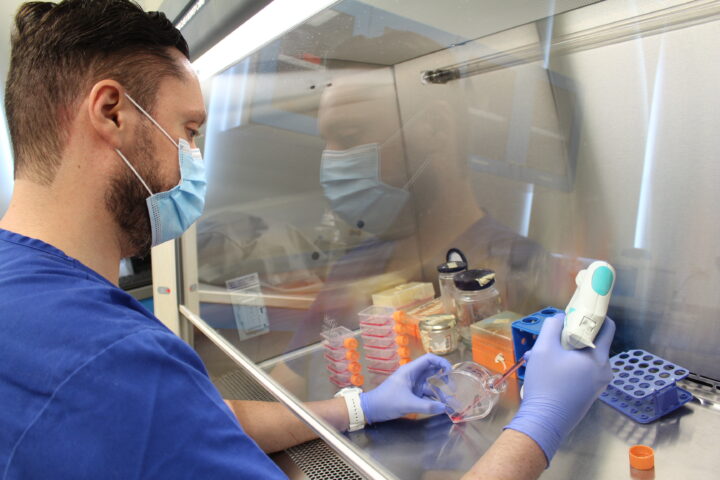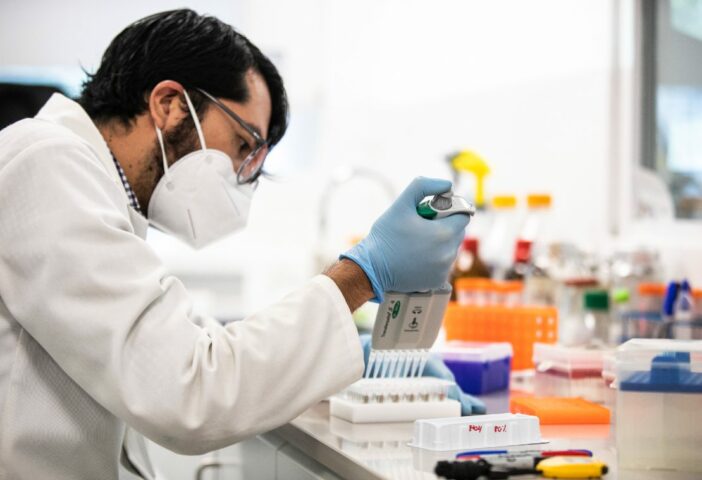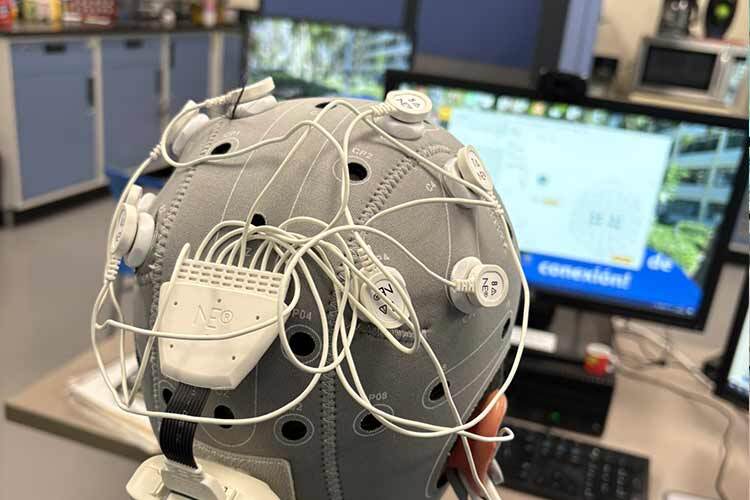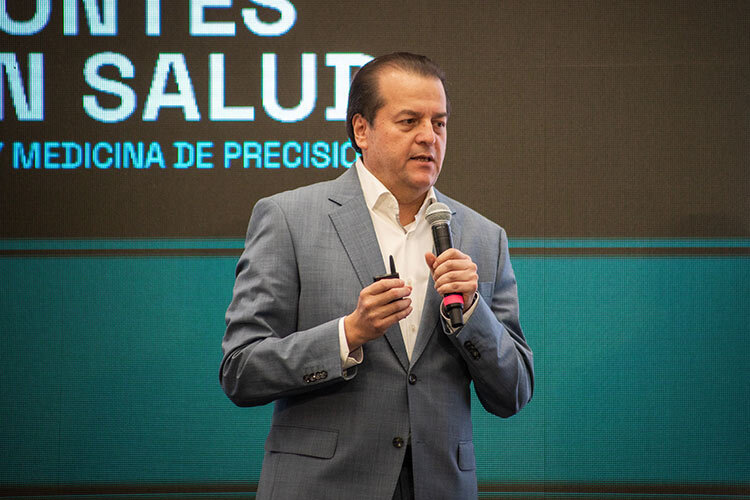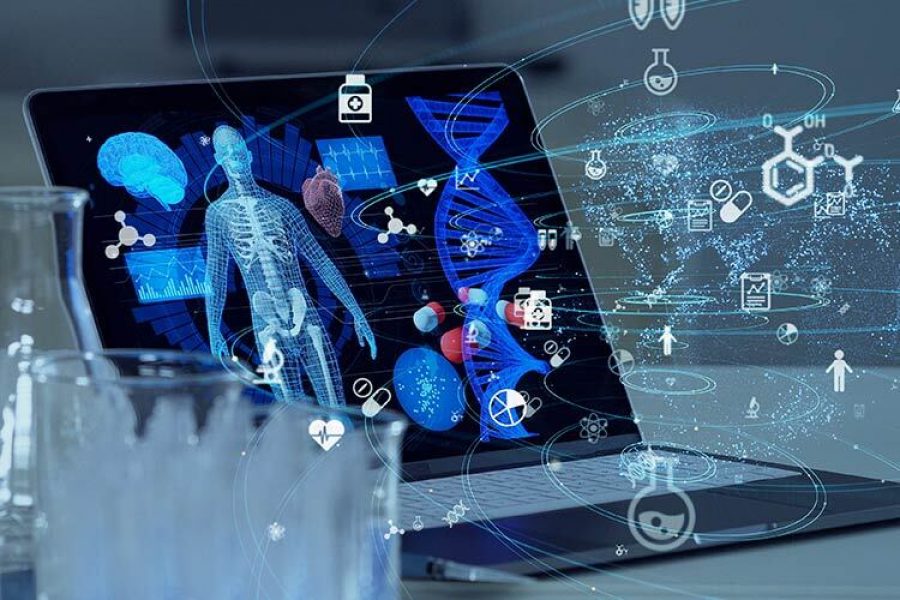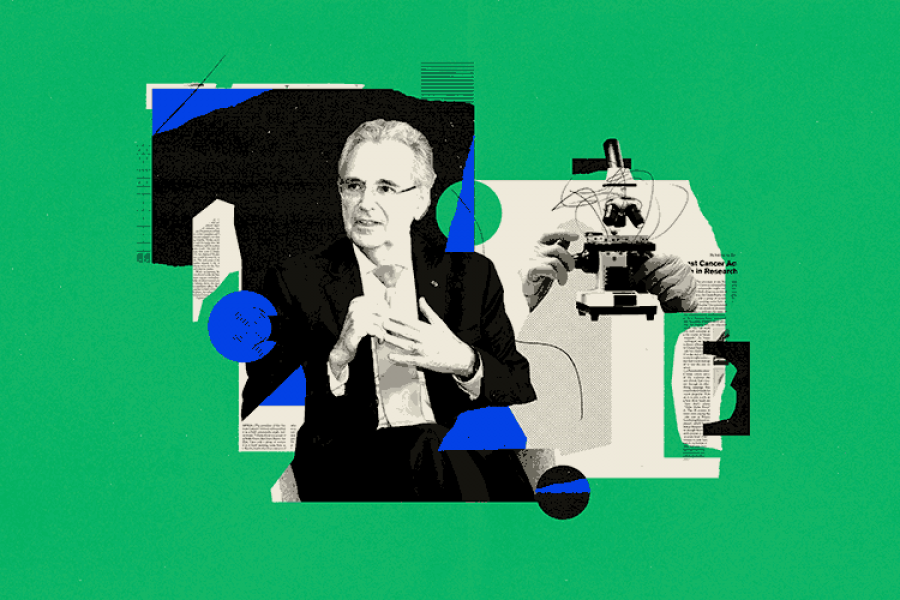Microplastics are seemingly everywhere: they have been found in soils, rivers, seas and lakes, and even in human organs and fluids. Recently, they have been detected in breastmilk.
“[In humans] they were first detected in blood and then they’ve been found in urine and feces, and now in human milk,” says Marcela Cárdenas Tueme, postdoctoral researcher at the Institute for Obesity Research (IOR) at Tec de Monterrey.
In a review article, a research group, formed by Cárdenas Tueme at IOR, Mario Caba-Flores and Alberto Camacho-Morales from the Autonomous University of Nuevo León and Carmen Martínez-Valenzuela from the Autonomous University of the West compiled scientific research carried out from 2010 to 2023 that has focused on finding persistent organic pollutants (POPs) and microplastics in breast milk and its substitutes, better known as formula.
POPs are a group of chemical molecules generated from industrial and agricultural activities, such as fertilizer derivatives. Microplastics are plastic particles smaller than 5 millimeters, whose main forms are fragments, fibers, films and foams of common plastics, such as PET and polypropylene.
Interviewed by TecScience, Cárdenas Tueme explains that their presence in breast milk is worrying because this is the main source of food for newborns and is essential for the establishment of a healthy immune system.
Microplastics in human breastmilk
In different studies carried out in countries such as Mexico, the United States, Italy, China, Japan, Korea and Norway, the presence of persistent organic pollutants and microplastics has been found in both breast milk and formula.
Until now, evidence shows that these contaminants are more present in the milk of those mothers who live in highly industrialized areas or with strong agricultural and farming activity.
In a study published in 2022, 26 out of 34 breast milk samples tested were found to have microplastics.
According to experts, the main reason why we are now seeing microplastics in the most remote corners of the world and our bodies is because we use plastic for everything: eating, drinking, storing, transporting, packaging and making clothes.
The reason why they are so persistent and can get so far is because of their chemical properties, which prevent them from being degraded easily. They can get in tiny sizes easily transported by water and air.
To reach breast milk, its route of entry is mainly ingestion: we drink them in contaminated water, we eat them in contaminated food or we inhale them from contaminated air.
Then, those that have chemical properties to allow them to be solubilized in water or fat accumulate in our tissues and organs, eventually reaching the bloodstream.
The exact mechanism by which they pass from blood to milk is still unknown. Their presence in formula is probably due to the fact that they are produced in industrial establishments that use plastics indiscriminately.
The microplastics problem was detected recently and there is still a lack of standardized research protocols, as well as sufficient evidence on its consequences on our health and the environment.
“The microplastics in breast milk and formula is very recent, we have not been able to understand how they get there,” says Cárdenas Tueme.
Possible consequences
Although there are some hypothesis, the real consequences of newborns drinking milk or formula contaminated with microplastics are still unknown.
Among the risks that are believed they could pose are the alteration of the microbiota, intestinal inflammation, alterations in birth weight, a compromised immune response, effects on cognitive performance and endocrine alterations.
“We could also see more diarrhea, intolerance to certain types of formulas, greater inflammation or stronger fevers in babies,” says the researcher.
For now, as science continues to find evidence of the consequences and prevalence of microplastics, researchers recommend taking some precautionary measures.
Among them are avoiding the use of plastic as much as possible, preferring containers and cookware made of glass or ceramic, clothing made of natural fibers such as cotton, reducing the use of single-use disposable plastics and ultra-processed foods.
“The most effective thing would be to monitor the industries that use plastics for everything and pollute so much and truly hold them accountable,” says Cárdenas Tueme.
The researcher emphasizes that this information should not be a cause for alarm, but rather we should use it to demand better practices from the industry and reduce our use of plastic whenever we can.
“The most important thing is to remember that breast milk is still the best food for the baby,” she says, emphasizing that mothers should not be discouraged from breastfeeding, but rather practice an informed motherhood that is as healthy as possible.

